By Professor Tiffany Banks On Tuesday, September 30th , students from my COMM 108: Foundations…
by Professor Jarek Michalonek, ELAP, Linguistics and Communication Studies
Exploring American culture and identity has always been at the forefront of my academic and personal pursuits. I had several opportunities to see the Smithsonian exhibition “Many Voices: One Nation” which allowed me to revisit the concept of American identity and how it came into being. I was mesmerized by the hidden ‘voices’ of some of the artifacts displayed as I tried to decode them. As I navigated the vast mental realm of the exhibition, I made a number of meaningful connections that allowed me to investigate my own identity and its various stages of formation, both as a foreigner and a naturalized American citizen. Despite from coming from a different cultural background, I strongly identified with the Virgin Mary as Our Lady of Guadalupe and the Greensboro lunch counter artifacts and the stories they conveyed. To say the least, the showcase renewed my interest in American identity and compelled me to apply for the Smithsonian fellowship.
As I patiently awaited the selection committee’s final verdict, I visited several Smithsonian museums to gain further insight into what it means to be American today and how that concept has changed over time. I knew the competition was fierce, but I was still very hopeful that I was the right “fit” for the cohort. I was so thrilled when I received my acceptance letter. But even though I was very excited, I had no clue that this experience was going to be one of the greatest turning points in my teaching career.
My interest in the Smithsonian fellowship on American identity has been deeply rooted in my robust personal, pedagogical, and scholarly foci. Having taught English and ESL in various US urban community colleges, I have acquired a basic knowledge about how my students, many of them multilingual and multicultural, view American culture and identity and how they perceive themselves in relation to it. This time I was hoping to bring in the Smithsonian component not only to my curriculum, but to the lives and experiences of my ESL students many of whom have never visited a museum, whether in the US or in their home countries. Ideally, I wanted my students to come to grips with the various manifestations of their own identities as well as discover what it means to be American and part of this wonderful nation.
I have decided to use my advanced reading class for the project for a number of reasons. First of all, I had a firm feeling that the fellowship would allow me to find effective, meaningful, and engaging ways to become a better reading instructor. Secondly, I wanted the project to be creative, student-centered, and personal. There could not have been a better context for that through the powerful museum experience the fellowship afforded.
When I started designing the project (it was a time consuming, yet a very rewarding and transformative experience for the students, as well as myself), the idea of becoming better readers through “portrait as a text” investigation became central to my teaching pedagogy. I had the students explore the concept of American identity through a novel (“A Girl in Translation”) analysis focusing on a “portrait” of immigrant identity in Brooklyn, NY. To enrich the “traditional” reading experience, the students were presented with many creative opportunities to engage with various personal artifacts, photographs, music, and other media to arrive at a better understanding of what American identity is and how it was formed.
It was brutal to decide which Smithsonian site to select for the project. I took copious notes from each museum visit in Spring 2019 and came up with mini lesson plans for each one of them. At one point, I felt overwhelmed as I had too many ideas for the project but not enough time to start testing them as I did not get to teach my reading class till this fall. I have finally decided to select the National Portrait Gallery for the project site as the 20th Century/Contemporary Americans Exhibition tied in nicely with my course objectives and tasks.
My students’ reactions after the announcement of the project and the culminating assignment were quite mixed. Some of them seemed excited, but a bunch of them felt confused or even a bit resistant. I only found out after the trip to the site that some of them were afraid they could not handle the project because of the lack of a previous museum experience. Some of them also wandered how the museum experience was going to help them become better readers who will handle tough academic readings in efficient and independent ways when they take courses in their content areas. That is when I started doubting whether I was on the right track or not and whether this journey I was envisioning was going to prove to be an abortive idea. However, by the time we did a number of in-class artifact/portrait readings and analyses, I noticed a change. They became more relaxed about the “visit” and started having more fun with it and seeing it had some exciting opportunities to approach reading in new ways. One day I decided to show them the famous “Afghan Girl” portrait by Steve McCurry. I wanted to choose a portrait that was captivating, challenging, but accessible as well. Sharing it with the students and hearing their heartfelt, meaningful, and intelligent responses created a massive momentum for the project. Their anticipation and readiness levels were amazing. The energy and spirits in the classroom were contagious. I felt happy. The writing was on the wall. I knew they were ready for the visit.
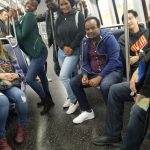 We all took the metro from Shady Grove to Chinatown on Oct. 26. I was extremely happy to see the students waiting for me on the platform with their beautiful smiles on their faces and excitement in their eyes. As soon as we arrived on the site, we were greeted by Nicole, a museum educator, who was our guide for over an hour. My students felt very grateful for her time as they felt she was very successful for enhancing what we had already covered in class and also making portrait analysis enjoyable and accessible. They engaged with various portraits by making interesting observations, comments, and asking Nicole good questions. When I saw them take pictures and notes during the visit, my heart rejoiced. Magic was in the air.
We all took the metro from Shady Grove to Chinatown on Oct. 26. I was extremely happy to see the students waiting for me on the platform with their beautiful smiles on their faces and excitement in their eyes. As soon as we arrived on the site, we were greeted by Nicole, a museum educator, who was our guide for over an hour. My students felt very grateful for her time as they felt she was very successful for enhancing what we had already covered in class and also making portrait analysis enjoyable and accessible. They engaged with various portraits by making interesting observations, comments, and asking Nicole good questions. When I saw them take pictures and notes during the visit, my heart rejoiced. Magic was in the air.
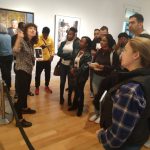 After Nicole’s introduction to the gallery, I gave my students another 60 minutes or so to venture out and make more personal connections and select their favorite portraits for the final rhetorical analysis. I was able to answer their questions and guide them if necessary. I was amazed to observe that they comfortably navigated the entire space as they followed their own voices and instincts when making the decisions on what portrait to focus on and why. I also noticed that they fell in love with the portraits of Barack Obama, LL Cool J, Russell Means, the Apollo 11 Crew, and Denyce Graves, to name a few. I have just collected their final analyses and cannot wait to finish reading their insightful, eye opening, refreshing, and often hilarious, witty interpretations of the stories their portraits communicated.
After Nicole’s introduction to the gallery, I gave my students another 60 minutes or so to venture out and make more personal connections and select their favorite portraits for the final rhetorical analysis. I was able to answer their questions and guide them if necessary. I was amazed to observe that they comfortably navigated the entire space as they followed their own voices and instincts when making the decisions on what portrait to focus on and why. I also noticed that they fell in love with the portraits of Barack Obama, LL Cool J, Russell Means, the Apollo 11 Crew, and Denyce Graves, to name a few. I have just collected their final analyses and cannot wait to finish reading their insightful, eye opening, refreshing, and often hilarious, witty interpretations of the stories their portraits communicated.
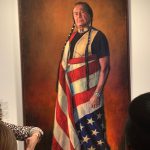 I am truly humbled by my students’ heartfelt gratitude for allowing them to discover the “other” worlds that they did not have access to before. Many of them said to me they would continue their DC and beyond DC museum “affair” as it was beautiful, enticing, and transformative. I am forever grateful that they accompanied me on this trip and allowed me to discover something about their own identities and how they perceive American culture as bright individuals from different backgrounds. I, too, told them I could not wait for another semester of a new Smithsonian journey, another true affair!
I am truly humbled by my students’ heartfelt gratitude for allowing them to discover the “other” worlds that they did not have access to before. Many of them said to me they would continue their DC and beyond DC museum “affair” as it was beautiful, enticing, and transformative. I am forever grateful that they accompanied me on this trip and allowed me to discover something about their own identities and how they perceive American culture as bright individuals from different backgrounds. I, too, told them I could not wait for another semester of a new Smithsonian journey, another true affair!
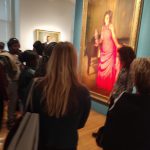
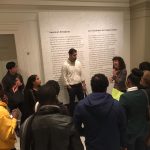
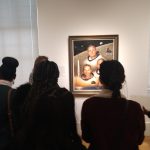
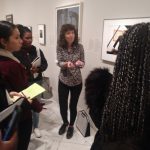



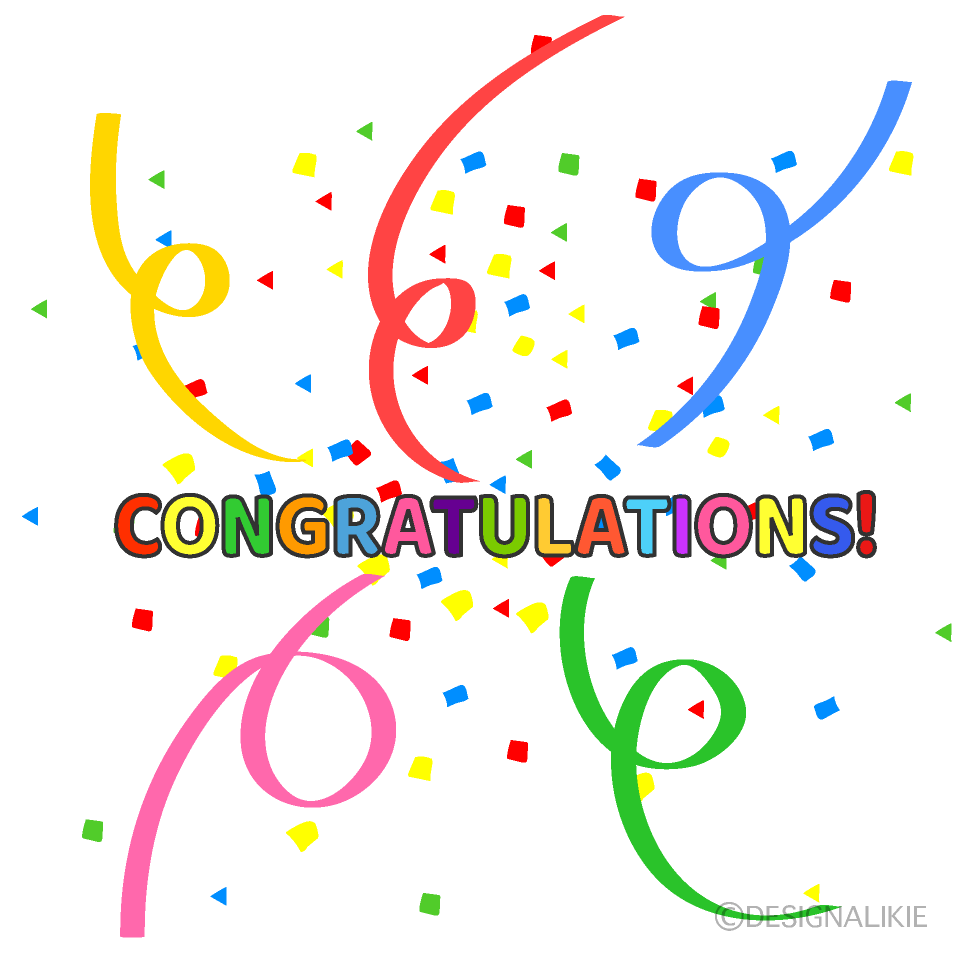
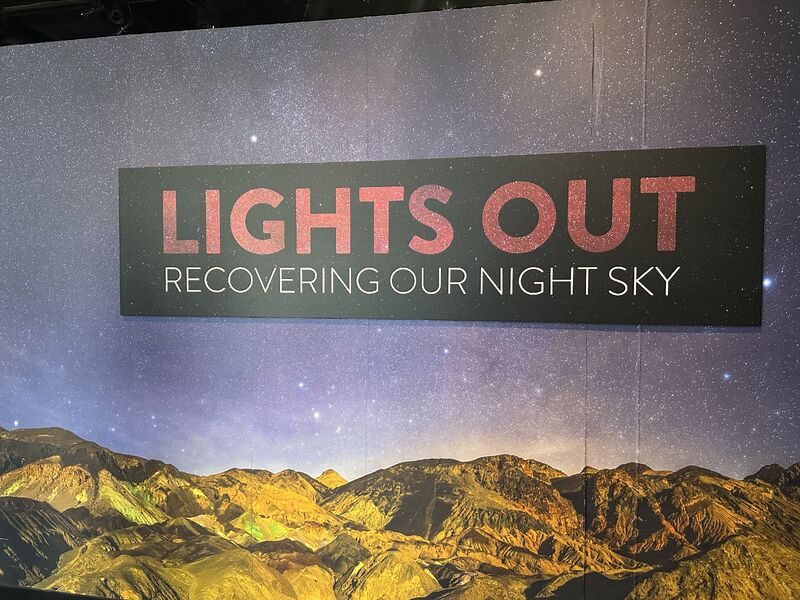
This Post Has 0 Comments